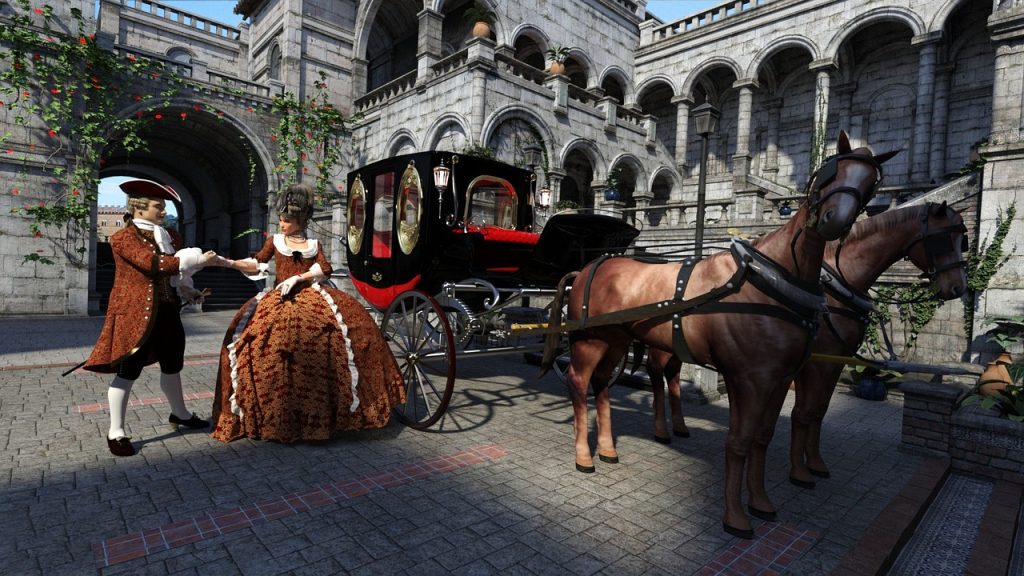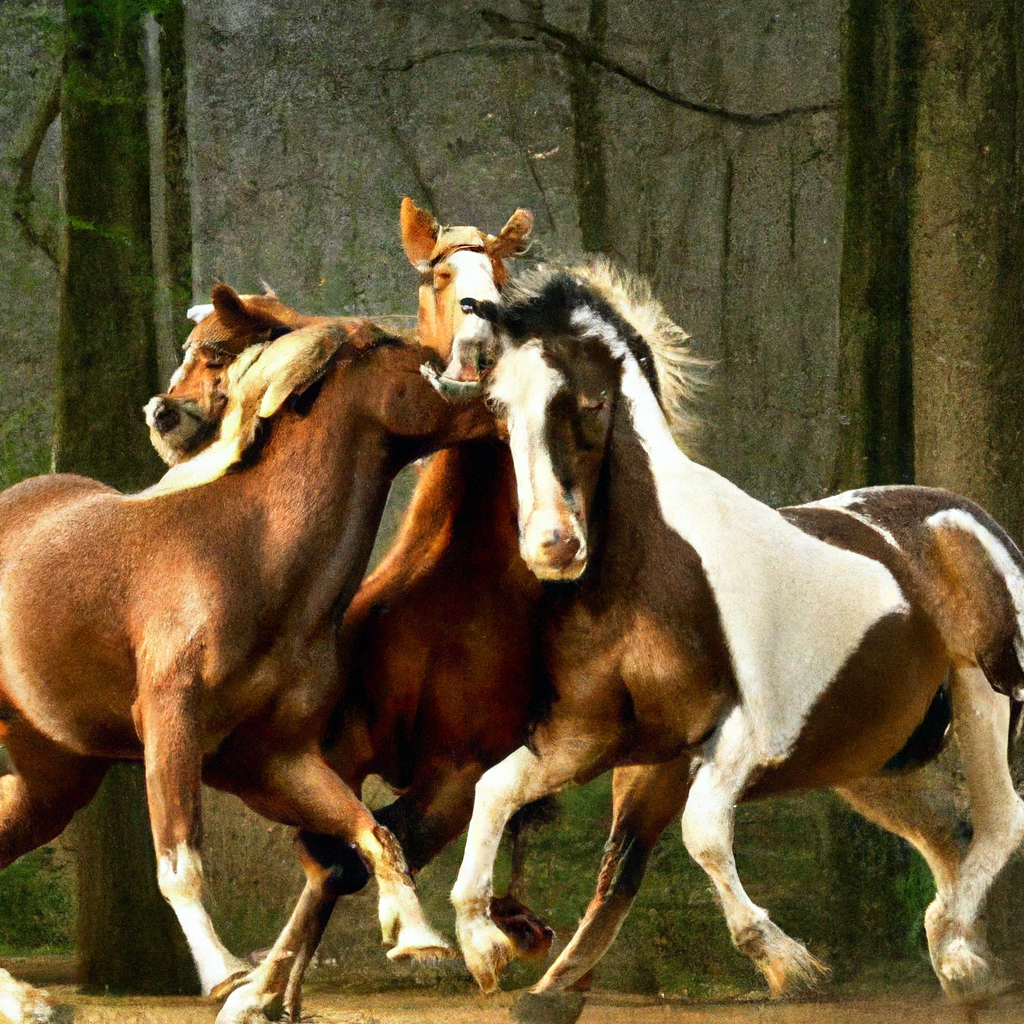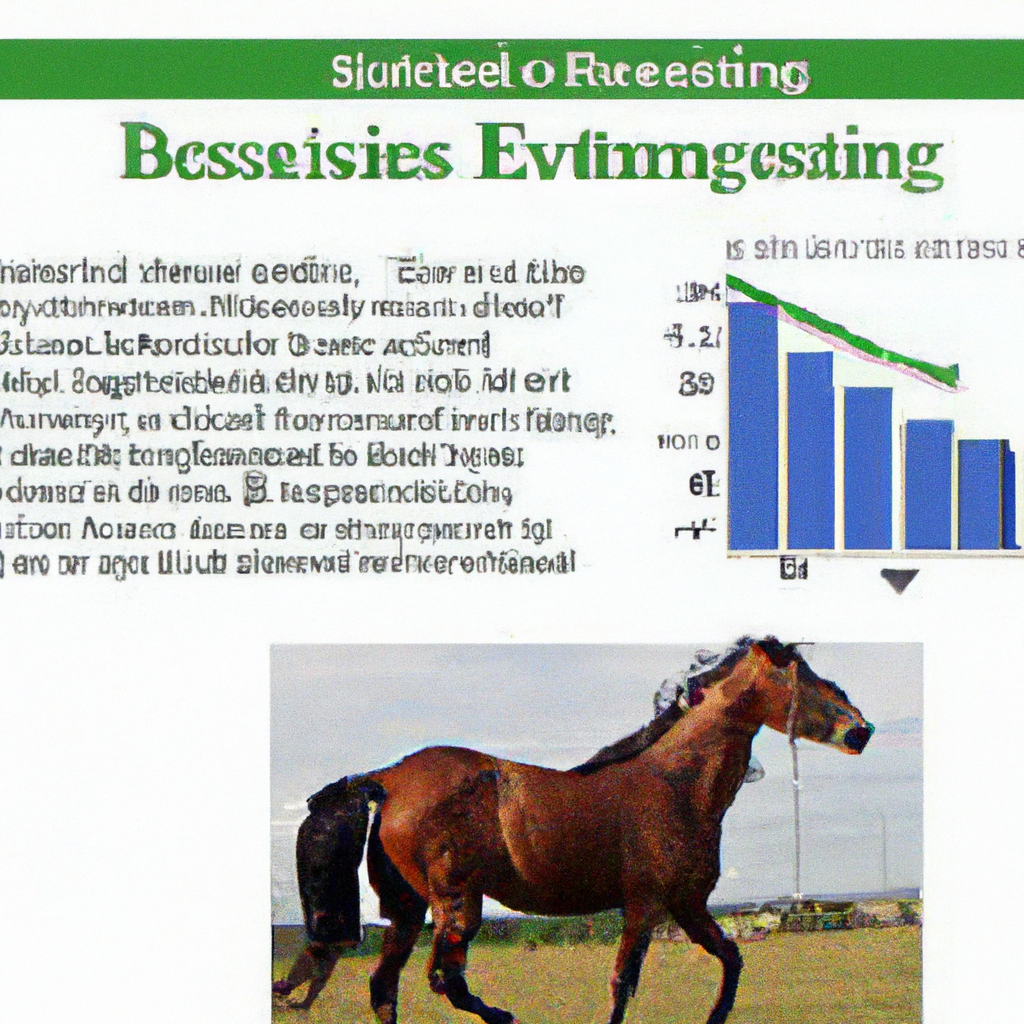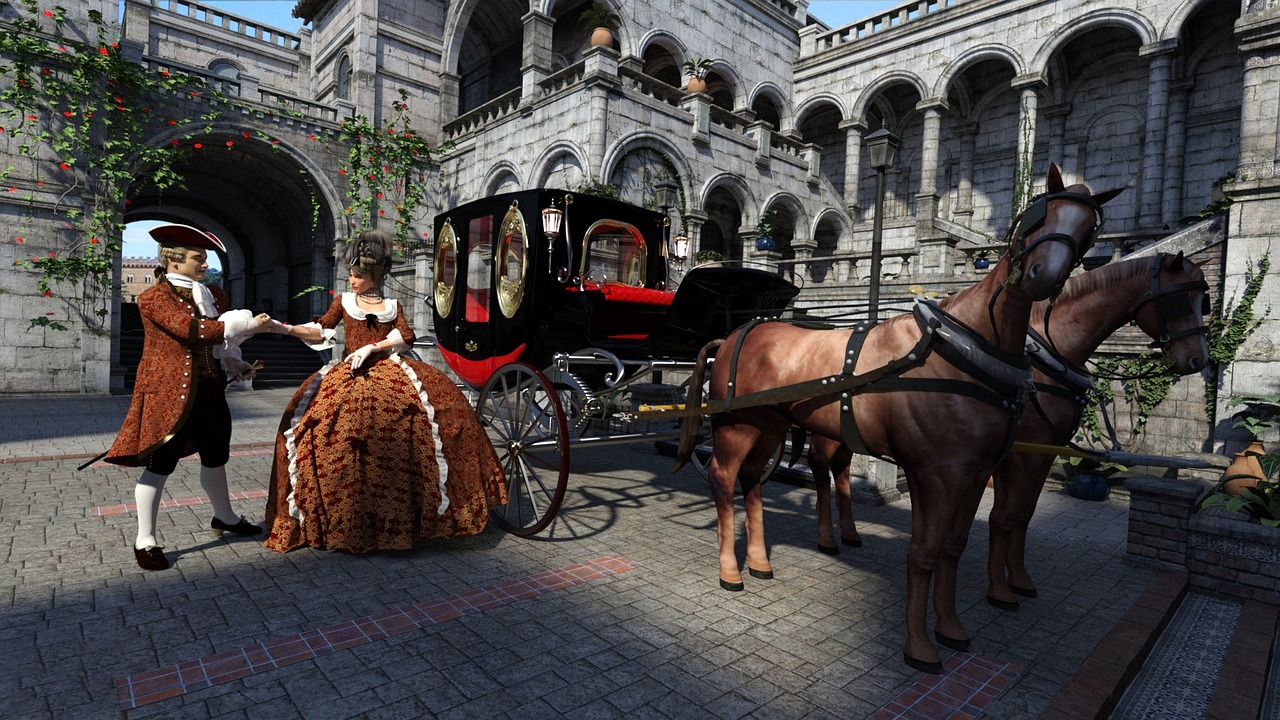As an equestrian, a breeder or simply an enthusiast, gaining insight into the fundamentals of horse behavior can significantly elevate your interactions with these majestic creatures. “Understanding Horse Behavior Basics” offers a detailed look into the intricate world of equine behavior, from body language and social hierarchy, to their communication methods and responses to human interaction. This article is a powerful aid, equipping you with the knowledge needed to foster a harmonious and empathetic relationship with your horse.
Equine Communication: Body Language Basics
You’d be amazed to realize how eloquently horses use their bodies to communicate. Much like humans, horses express a range of emotions and intentions using their body language. Once you understand these basics, you’d be able to better understand and relate to your equine friends.
Recognizing Stress Signs
Notice your horse’s behavior closely. Are they mostly curled up, do their eyes appear wider than usual, or their ears pinned against the head? These could be signs of stress. Stress in horses can be a result of anything from physical discomfort to anxiety.
Understanding Happy and Relaxed Moods
Just as they show stress, horses also display happiness. A relaxed horse will have a soft eye and a relaxed body posture. They may graze calmly or stand still, relaxed and comfortable.
Detecting Fear and Aggression
Is your horse suddenly active and alert? Are their movements stiff, and nostrils flared? Fear and aggression, although different, can cause similar responses. Recognizing these signs accurately could prevent unpleasant situations in the future.
Interpreting Miscellaneous Movements
A twitching tail, a stomping foot, or a bobbing head — these movements may seem insignificant but could communicate a lot about your horse’s mood. Don’t disregard these subtle signs; they may be giving you valuable insight into your horse’s feelings or state of health.
Equine Social Behavior
Horses, by their very nature, are social animals. They exhibit a variety of social behaviors — whether they’re in a herd or one-on-one interactions with humans.
Hierarchy in Horse Herd
In any horse herd, there’s a clear hierarchy. The boss horse, usually a mature mare or stallion, leads the group, while the rest follow in descending order of dominance.
Friendships and Bonds
Friendship among horses is a thing! Horses form close bonds with other horses and animals. They exhibit signs of affection like mutual grooming and standing close together.
Aggression and Conflict
Despite being social creatures, horses do get into conflicts. Aggression in a horse can be towards other horses or towards humans and is often a clear sign of discomfort or unhappiness.
Isolation and Loneliness
No animal likes to be left alone, and horses are no exception. A horse separated from its herd can face psychological stress and may exhibit signs of loneliness and isolation.

Natural Horse Behavior
A natural horse behavior includes everything from how they graze and play to how they sleep and reproduce. Understanding these behaviors allows us a glimpse into their world.
Grazing and Feeding Habits
Horses are natural grazers. They can spend up to 20 hours a day grazing, filtering through the grass for their favorite bits. Their feeding habits can tell us if they are fulfilled, stressed, or unwell.
Play and Exercise
You’ve probably seen horses prancing and frolicking around in the fields. Playing and exercising are very natural to horses and essential for their physical as well as mental well-being.
Rest and Sleep Patterns
Horses mostly sleep standing up, but for a full REM sleep, they need to lie down. Observing their rest and sleep patterns can indicate their comfort and health status.
Mating and Reproduction Behavior
Understanding a horse’s mating and reproduction behavior is important, especially for breeders. Stallions and mares display distinctive behaviors during the breeding season, and changes in these can indicate health or behavioral problems.
Behavioral Problems in Horses
Behavioral problems in horses can range from simple quirks to serious issues that need professional attention. Let’s explore these in detail.
Examining Causes
Many factors can contribute to behavioral problems in horses. This may include pain, stress, improper training, or lack of socialization.
Common Behavioral Problems
Common behavioral problems include aggression, spooking, stereotypies (like cribbing, weaving, etc.), bucking, and bolting.
Recognizing Signs of Distress
Look out for signs of distress in horses. Unusual, excessive, or new behaviors can all indicate an underlying issue that may need addressing.
Mitigation and Treatment
Depending on the cause, mitigation and treatment of behavioral problems can include changes in management, introducing a better diet, behavioral therapy, or using medications.

Training Related Behavior
Training can influence a horse’s behavior significantly. Knowledgeable, patient, and gentle training methods generally lead to better results.
Understanding Horse Training Basics
Horse training is a systematic process that involves teaching a horse to perform certain behaviors. By using principles of classical conditioning, horses can be taught to associate a specific behavior with a specific command.
Assessing Change in Behavior Post Training
Post-training, it’s important to assess if there has been a change in your horse’s behavior. An increase in positive behaviors or decrease in negative ones can be considered as good progress.
Mood Swings and Training
Mood swings can be common in horses undergoing training. Remember that like humans, horses also have ups and downs, so patience is key here.
Encouraging Positive Behavior
A part of training is encouraging positive behaviors. Reward-based methods are known to be the most effective in this regard.
Nutrition and Behavior
What a horse eats does’t affect just its health, but its behavior as well.
Effect of Diet on Behavior
A horse’s diet can have a significant impact on its behavior. For instance, a horse fed a diet high in sugar may become hyperactive.
Behavioral Changes due to Malnutrition
Malnutrition can cause discernable changes in behavior. Horses that are not receiving adequate nutrition may show signs of food aggression, lethargy, or anxiety.
Selecting a Balanced Diet
Selecting a balanced diet for your horse is crucial to keep them healthy and behaviorally sound.
Influencing Behavior Through Nutrition
By providing a balanced diet, you can influence your horse’s behavior positively. A well-fed horse will be calmer, more attentive, and generally happier.

Environmental Influence on Behavior
Just like us, a horse’s environment can significantly influence their behavior.
Impact of Living Conditions
Living conditions, including stable size, cleanliness, and access to pasture, can all affect a horse’s mood and behavior.
Changes due to Weather and Season
Changes in weather and seasons can bring about shifts in horse behavior. For instance, many owners observe more frisky or spunky behaviour in cooler weather.
Effect of Domestication
Domestication has undoubtedly altered horse behavior. Domestic horses rely heavily on humans for their care and have adjusted their behaviors accordingly.
Creating a Positive Environment
Creating a positive environment for horses is key to ensuring their well-being and promoting good behavior.
Horse Human Interaction
The interaction between horses and humans is a two-way process. Horses communicate with us as much as we communicate with them.
Understanding Horse’s Perception of Humans
How does a horse perceive humans? They learn to associate us with both positive experiences (food, grooming) and negative ones (vet visits, punishment).
Horse Human Bonding
Horses and humans can share powerful bonds based on trust, respect, and friendship.
Positive and Negative Interactions
Both positive and negative interactions impact the horse-human relationship significantly. Positive interactions foster trust and understanding, while negative ones can lead to fear and confusion.
Interpreting Horse Reactions
Skillfully interpreting horse reactions can take us a long way in building a solid relationship with our equine companions.
Broken down horse behavior
Horses can exhibit signs of broken-down behavior due to various reasons.
Stunted Behavior
Stunted behavior in horses refers to behaviors that are limited or not fully developed as a result of poor training, abuse, or traumatic experiences.
Causes of Broken Down Behavior
The causes of broken-down behavior in horses can be many, including physical neglect, mental distress, or traumatic incidents.
Treatment and Rehabilitation
Treatment and rehabilitation of broken-down behavior depend on identifying the specific cause and might require professional help.
Prevention Measures
Prevention is always better than cure. By providing a nurturing environment, we can prevent the majority of cases of broken-down behavior.
Foal to Adult: Behavioral Changes
A horse’s behavior changes as it grows from a foal to an adult.
Behavioral Development of a Foal
Foals learn the basics of social behavior from their mothers and other herd members, right from standing and walking to interacting and playing.
Adolescence and Behavior
Adolescence in horses, just like in humans, is a challenging time with many physical and behavioral changes.
Mature Adulthood
Maturity brings stability to a horse’s behavior. Good training, diet, and care can ensure that a horse remains healthy, happy, and well-behaved in its adult life.
Old Age and Behavior Changes
Old age in horses comes with its own set of behavioral changes. Pain from arthritis or fading senses can cause confusion, anxiety, or even aggression.
By understanding horse behavior, we can learn to interact better with our equine friends, thereby ensuring a happy, productive and harmonious relationship with them.
